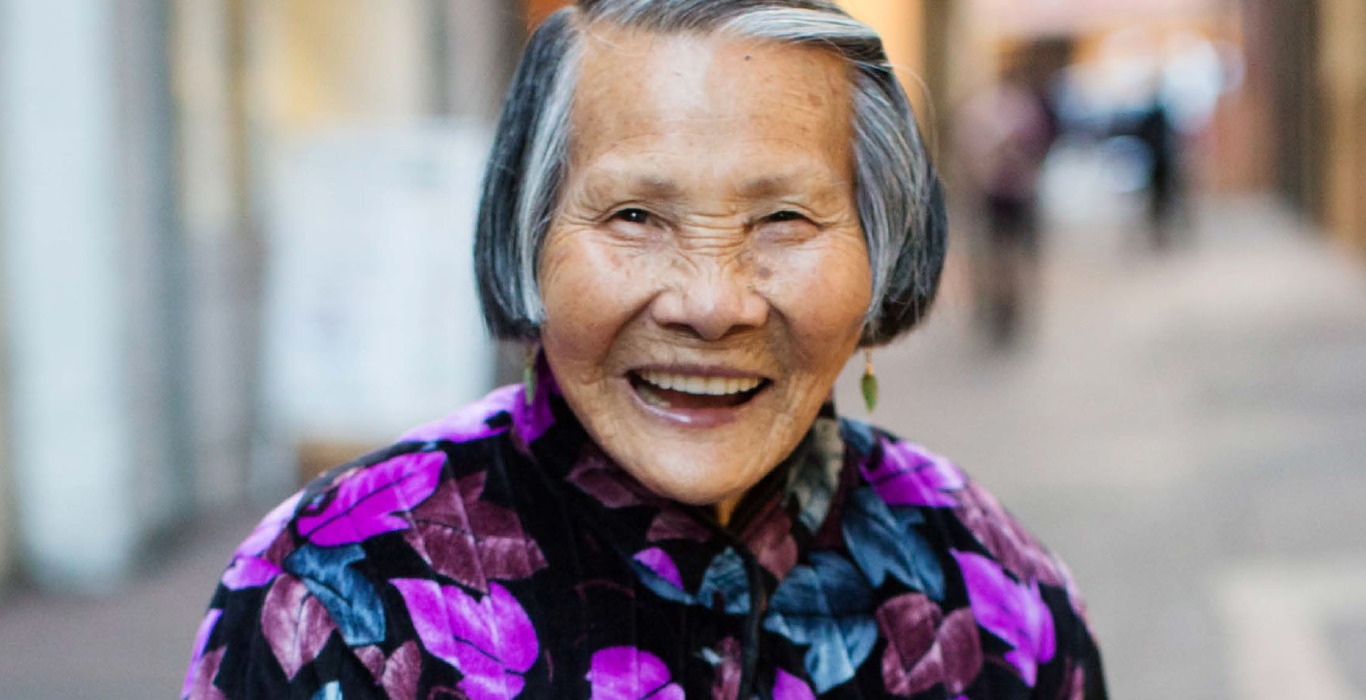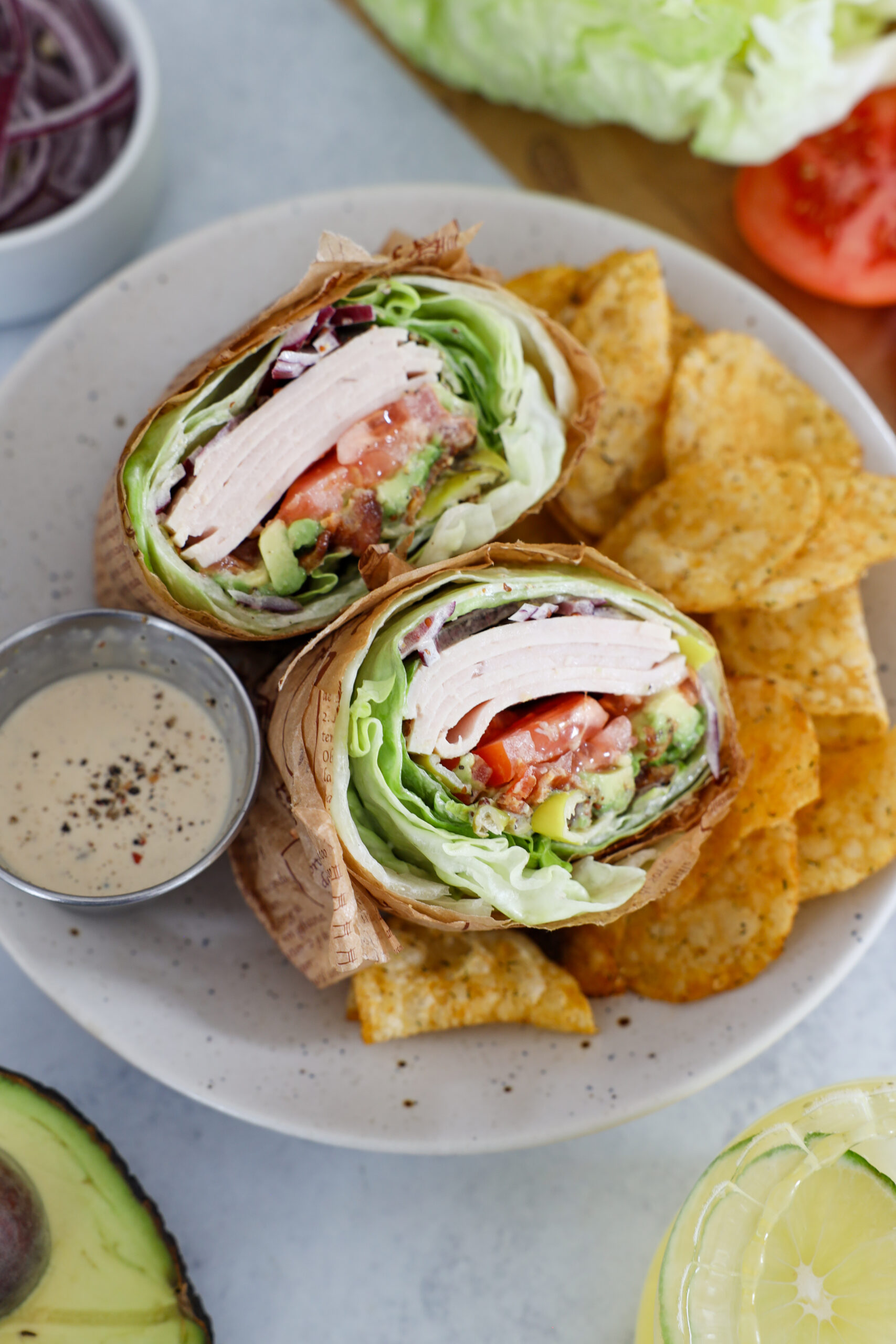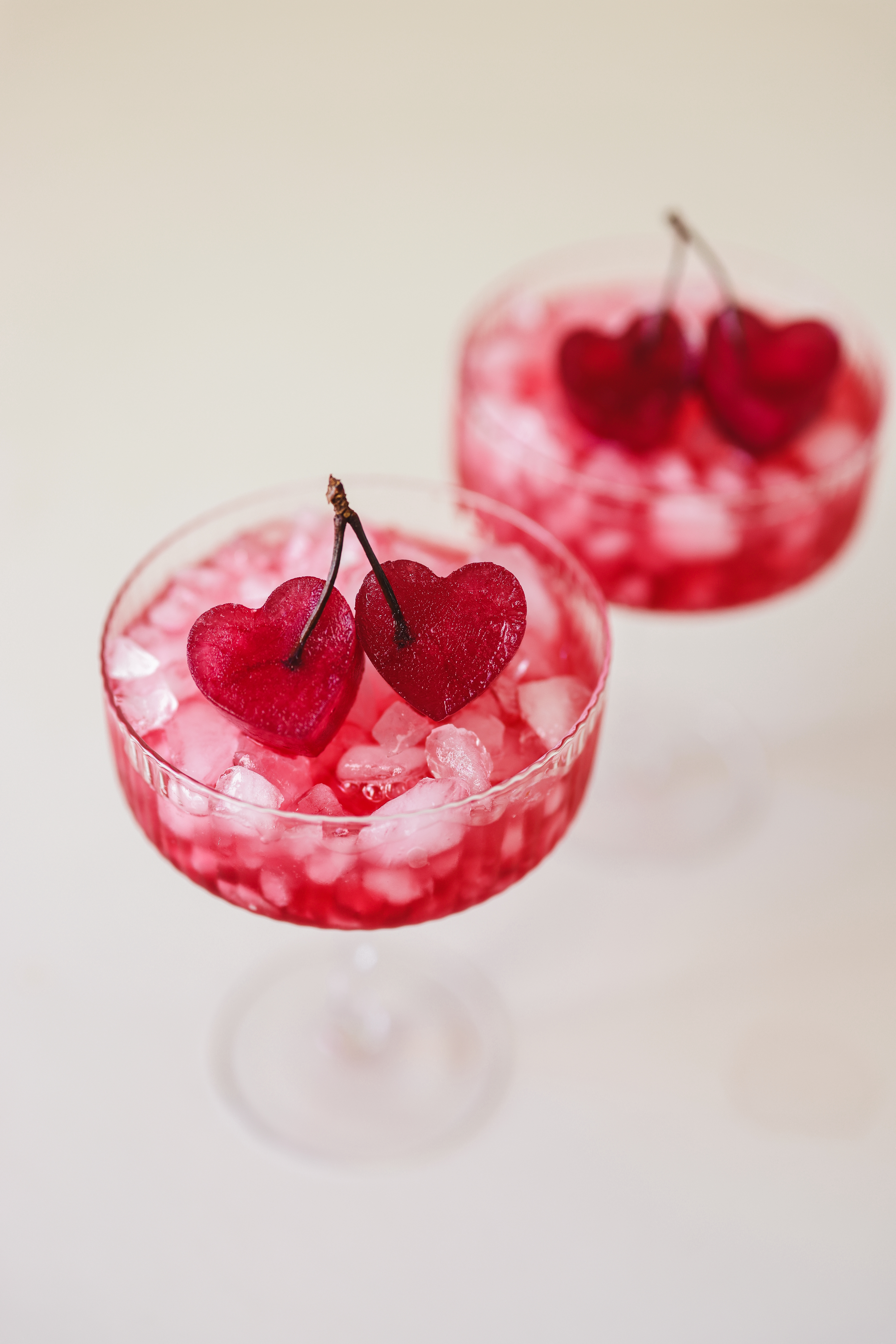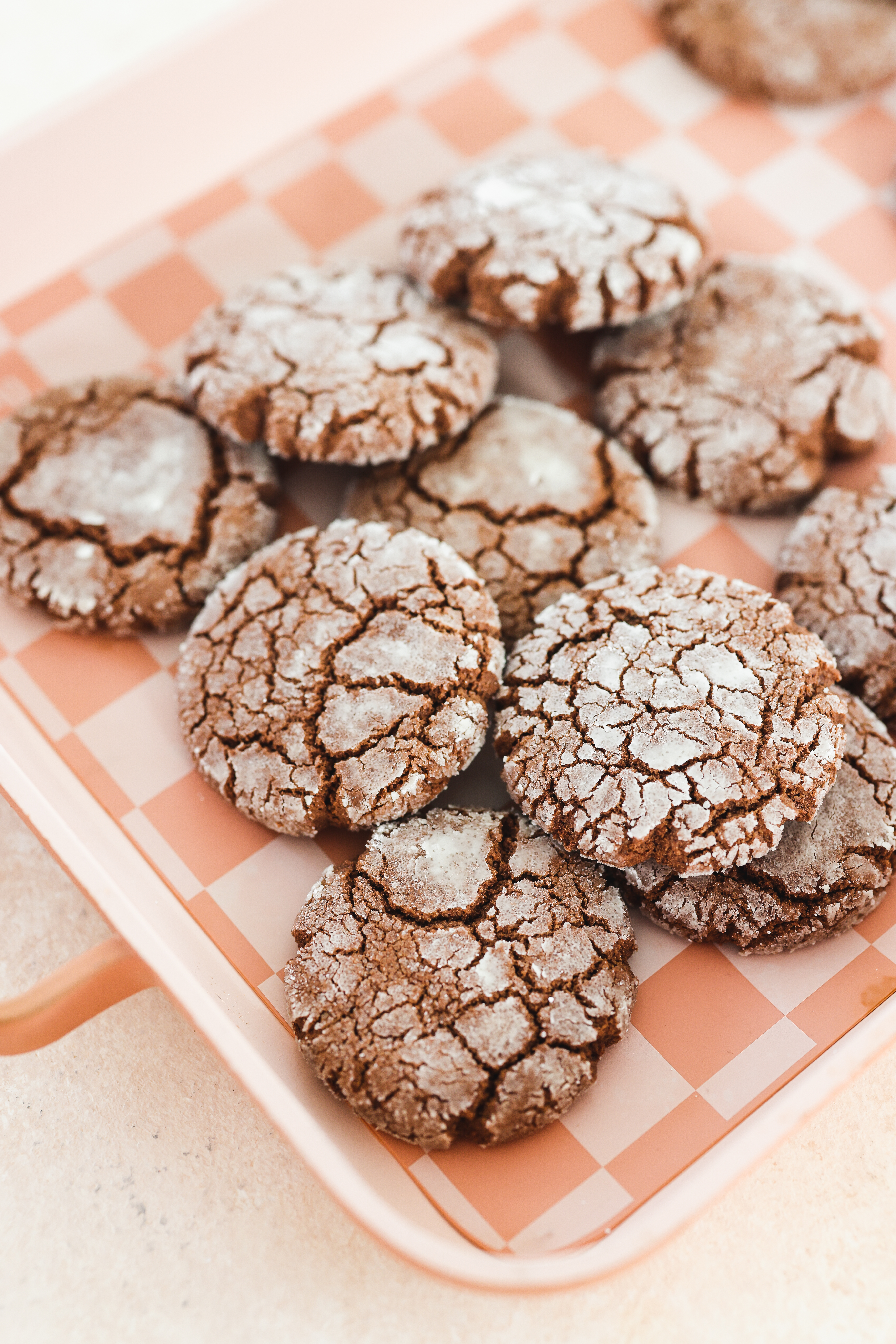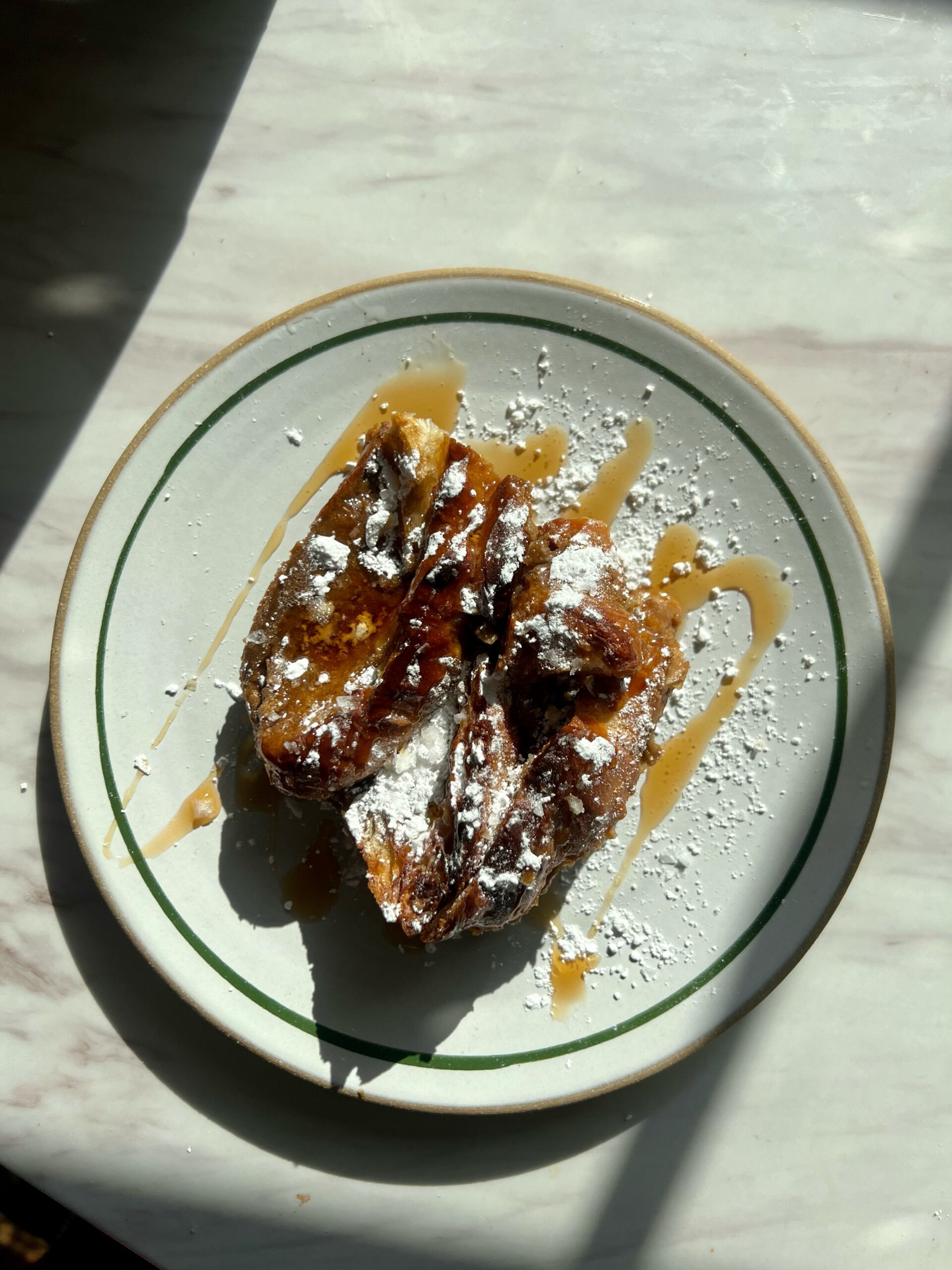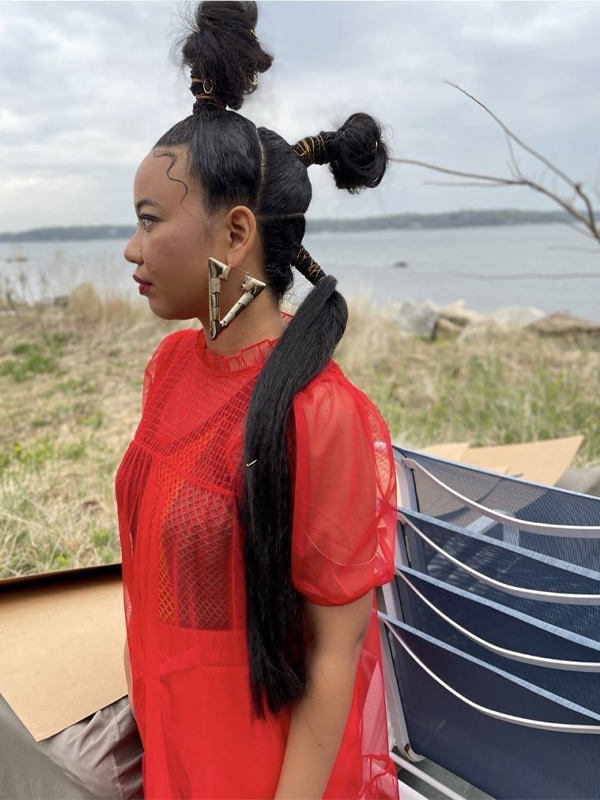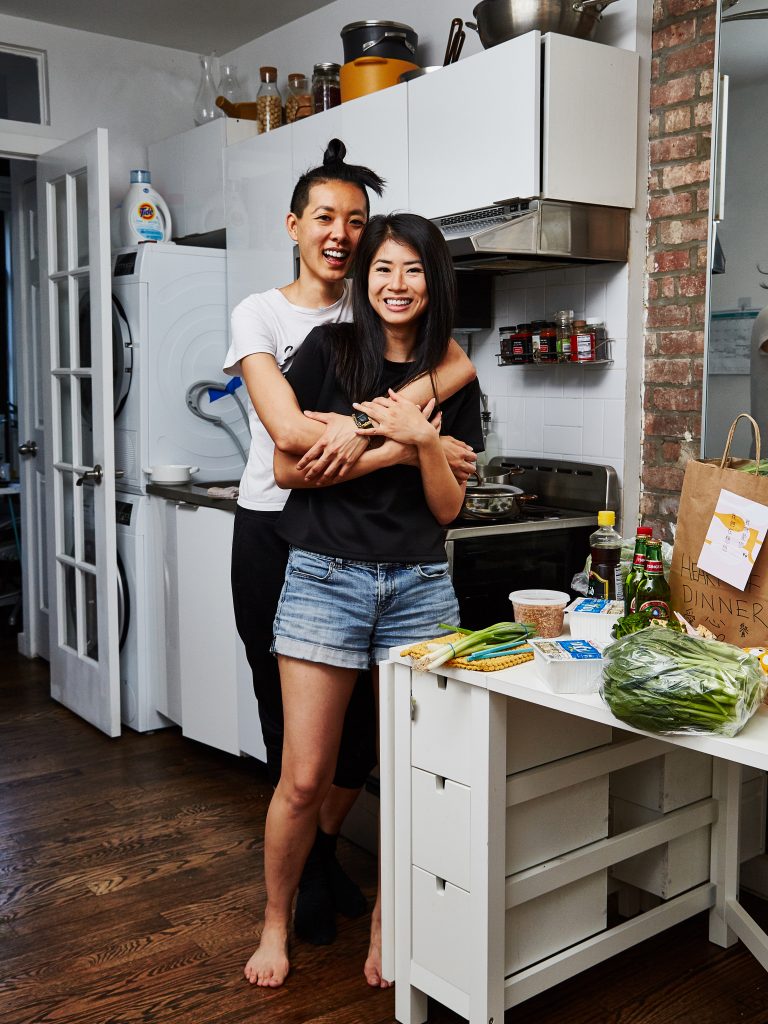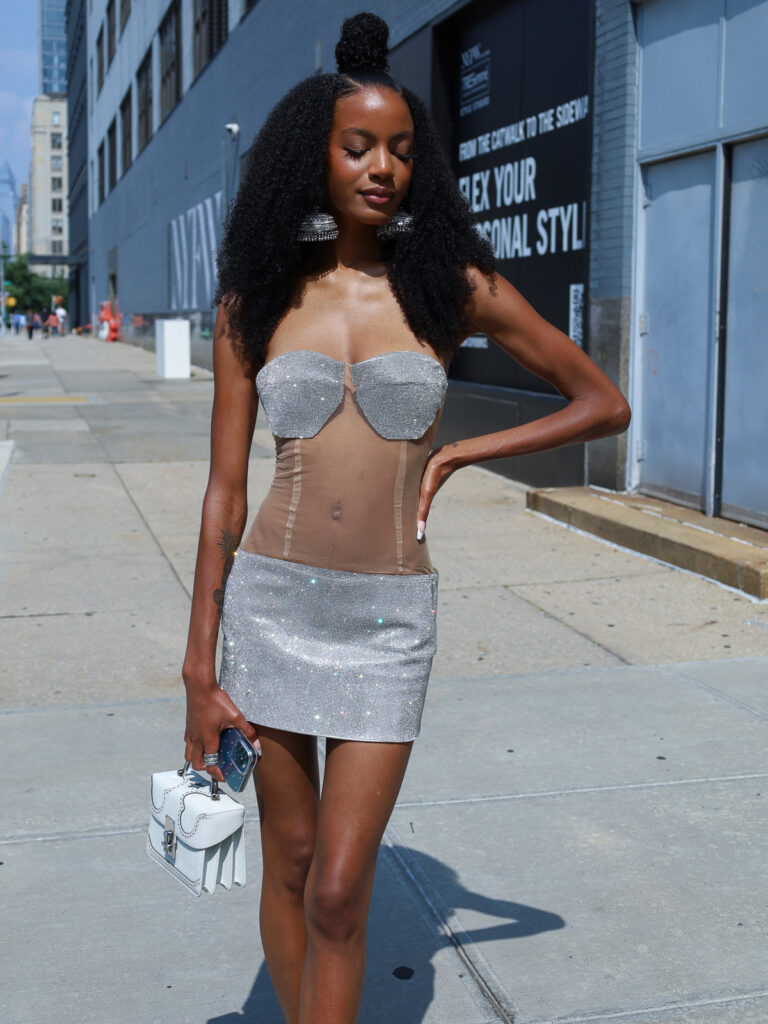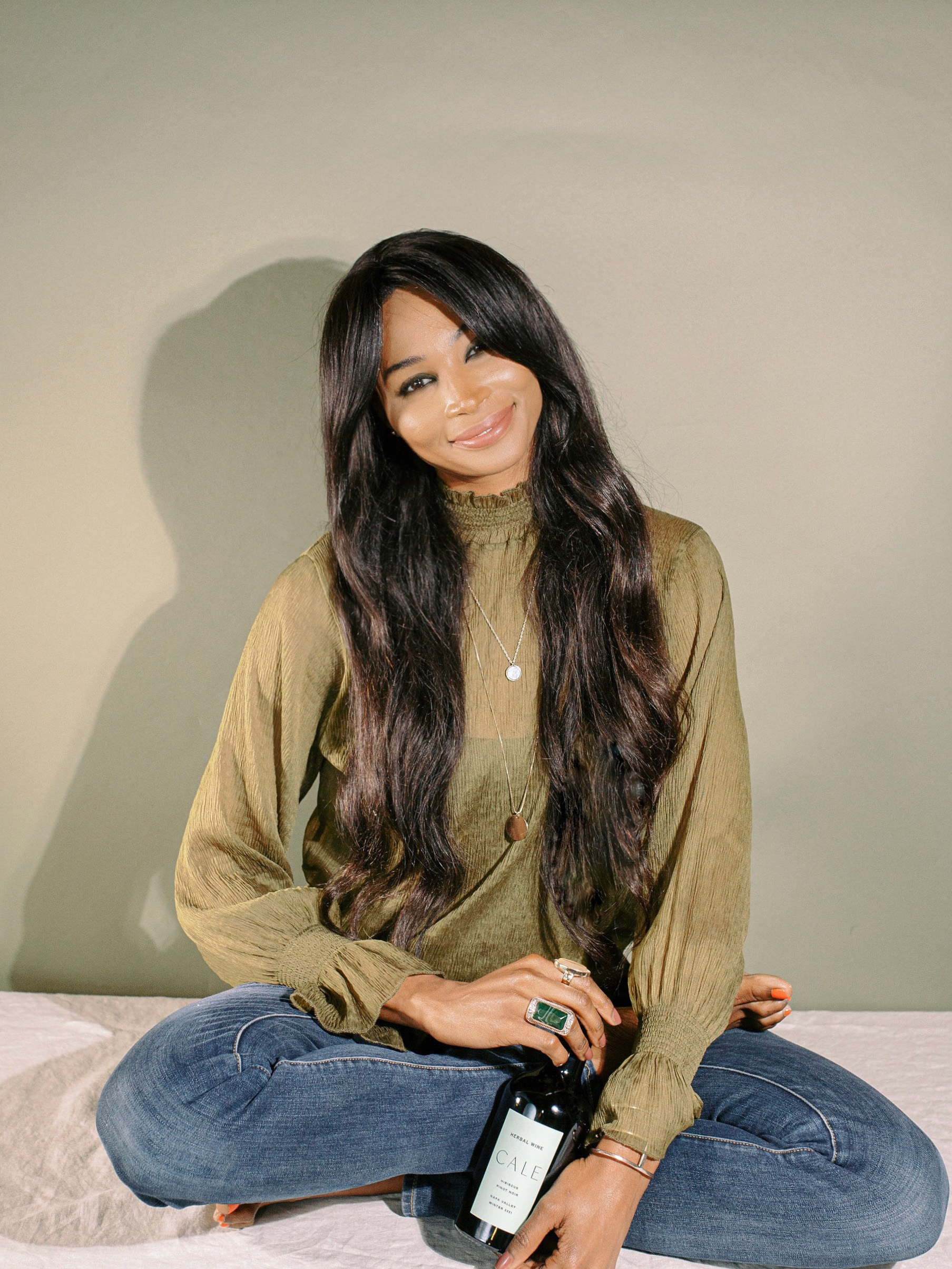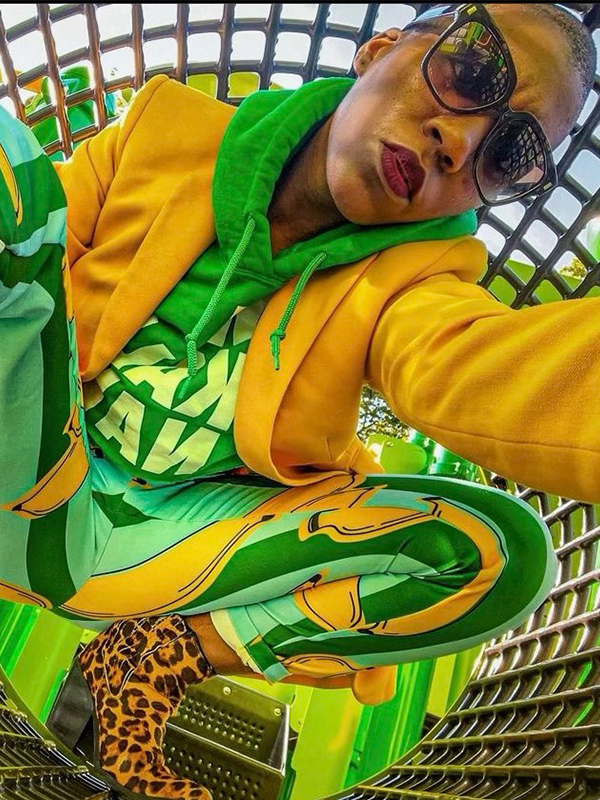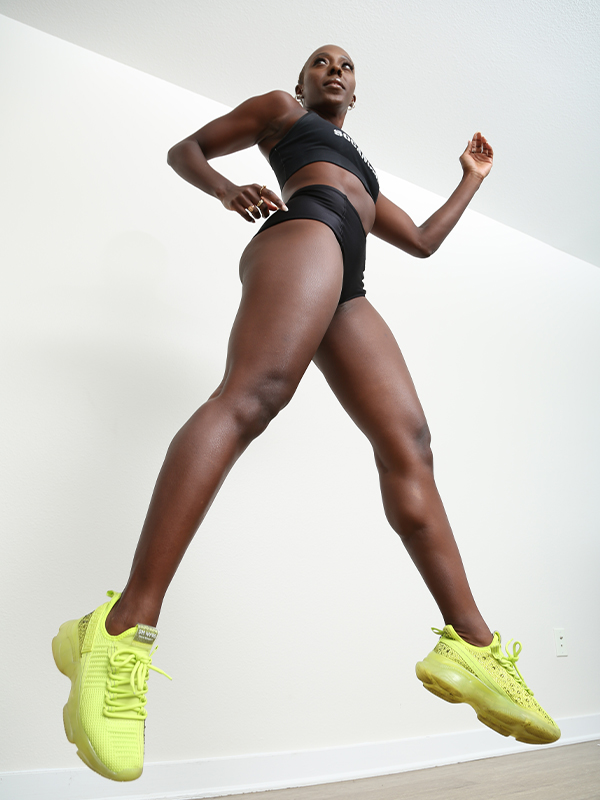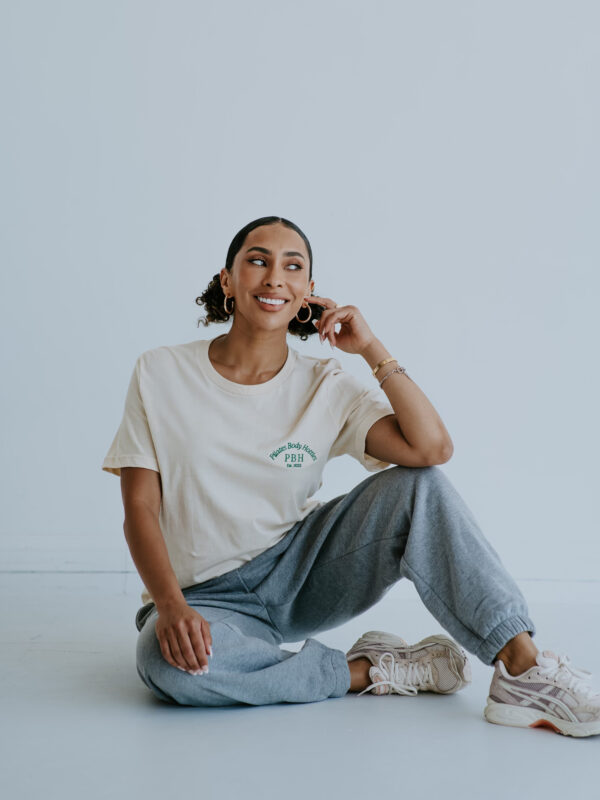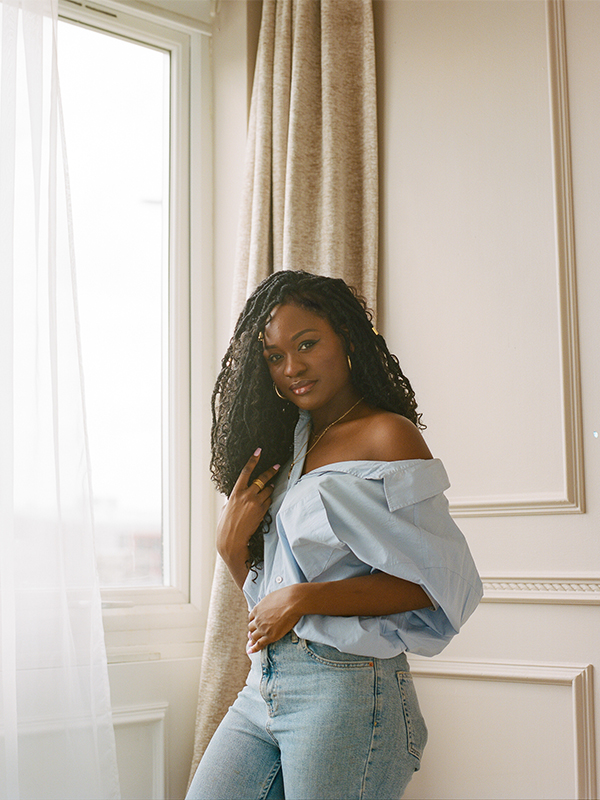A LOVE LETTER TO CHINATOWN
An homage to the resilience and unique style of Asian elders, Chinatown Pretty is the feel good book we all need in our lives. For seven years, writer Valerie Luu and photographer Andria Lo scoured Chinatowns in San Francisco, Oakland, Los Angeles, New York, Chicago and Vancouver to find the next great street style po pos and gung gungs (grandmas and grandpas). Pairing modern with retro and handmade with off-the-rack, the whimsical lewks just work.
But the heart of the project goes beyond just threads. “It’s about Chinatown’s seniors, but a lot of immigrants and communities of color have elders who have been through so much. And they overcame,” says Lo. “We’re going through a really hard time right now, but we can look back at our grandparents and aunties, see their strength and celebrate that.” The photographs are paired with over 100 written pieces highlighting the subjects’ life stories and immigration journeys.
We’re going through a really hard time right now, but we can look back at our grandparents and aunties, see their strength and celebrate that.
With the recent surge of anti-Asian hate crimes, the book reminds us of this community’s resilience and joy. Here, Lo and Luu share their process and what younger people can learn from the older generation.
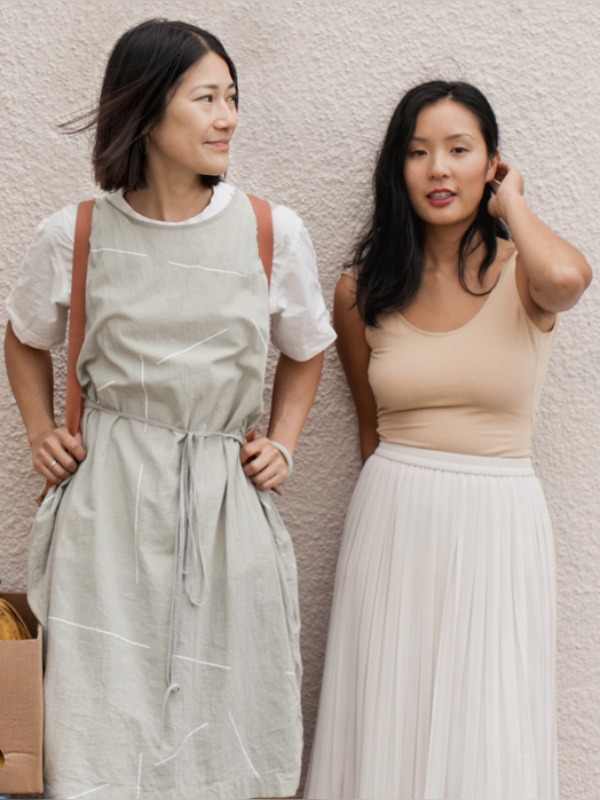
“This demographic is often so overlooked; they kind of feel invisible sometimes. This project has been a way to celebrate them, and to share their stories.”
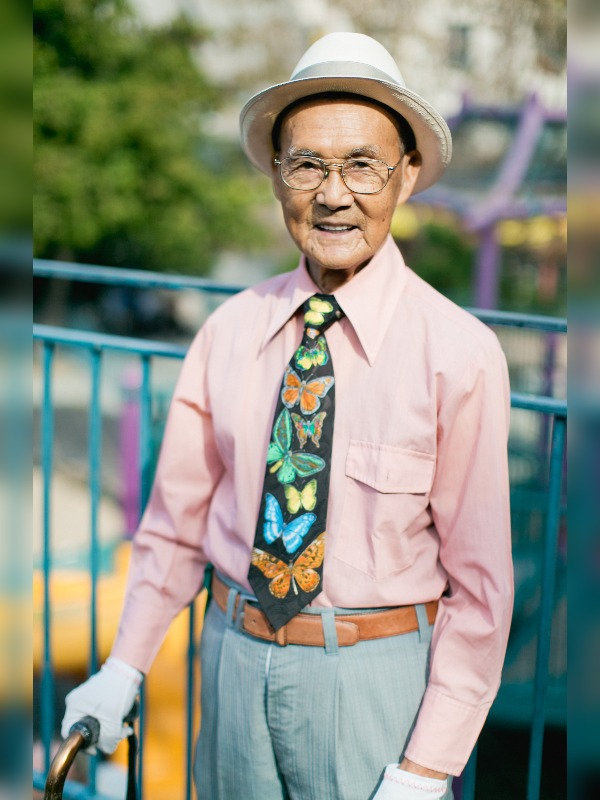
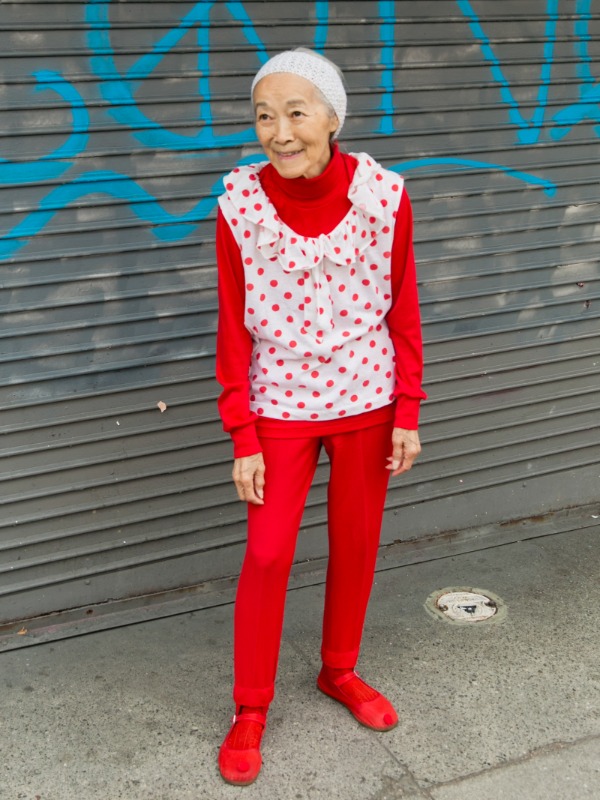
How did you fall in love with the vibrancy of Chinatown communities?
Valerie Luu: I was born and raised in the Bay Area—Sunnyvale, California, to be exact. I lived in San Francisco for about 12 years and a few years ago, I was fortunate to end up doing a six-month stint in Chinatown. It was part of a little personal project where I was subletting in different neighborhoods every few months. That’s really where I fell in love with it. I would sit at this café every day and watch people go grocery shopping. Suddenly I saw this woman wearing jade sneakers. [My eyes] started to scan up [from her feet], thinking it would be someone close to my age because she looked so ‘Urban Outfitters,’ you know? But I was shocked to see that she had a silver bob that was so neatly cut. It was my first peep into that world of seniors—that’s how I fell in love with Chinatown.
Andria Lo: I grew up all around the U.S. in areas where there weren’t a lot of Chinese people or a Chinatown community. But when I moved to San Francisco, I fell in love with Chinatown. For a lot of us, it’s sort of a bridge to Asia, namely Hong Kong; it has some of the same smells, sights and sounds, but it’s also American. It’s kind of this in-between place where I feel at home.
When most people think of cutting-edge street style, seniors typically don’t come to mind. Why focus on this group?
Valerie: Andria and I about met 10 years ago in the San Francisco food scene. I run a Vietnamese pop-up restaurant with my partner Katie Kwan. Andria was photographing and capturing that scene. We went on these dim sum dates in San Francisco Chinatown and realized we had the same visceral reaction to some of the outfits and the seniors who wore them. We wanted to understand how they composed their outfits and most importantly, where they got their shoes!
What is ‘Chinatown Pretty’ style?
Andria: It’s sort of this patchwork that we find amongst seniors in Chinatown that combines a lot of old and new. So, it’s clothing they’ve had for like 30 or 40 years mixed with new stuff. A lot of it is driven by function and the desire to keep the sun out, but also stay warm. You’ll see accessories, like big brimmed hats or arm sleeves, but also lots of layers, especially in the Bay Area, since we love our layers here. There are bold colors, textures and patterns. It results in a unique, effortless look that has a lot of stories woven into it. Interesting details exist, but it’s also driven by a utilitarian ethos. It’s no nonsense, but really fun at the same time.
There are bold colors, textures and patterns. It results in a unique, effortless look that has a lot of stories woven into it. Interesting details exist, but it’s also driven by a utilitarian ethos. It’s no nonsense, but really fun at the same time.
Valerie: A lot of the seniors sew secret pockets into their undershirts or inside of their pants to store their IDs and cash, which is a such a great tip!
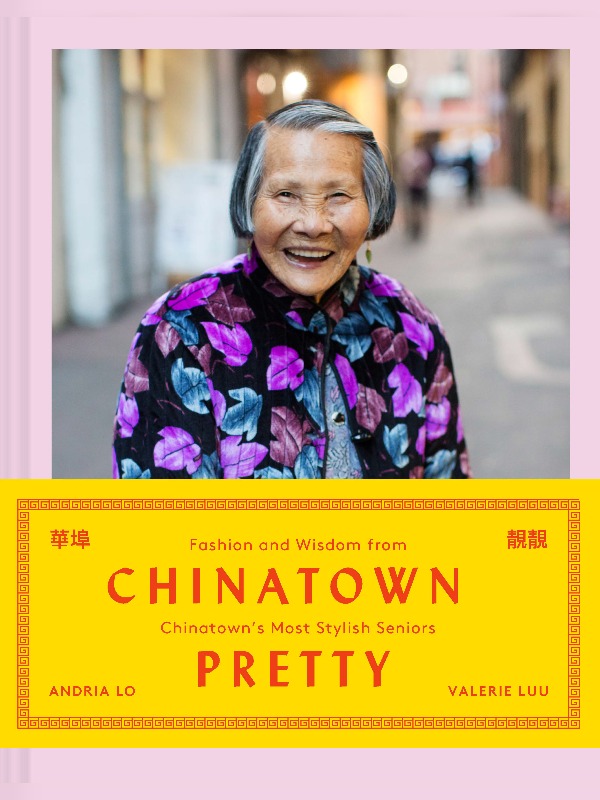
You also photographed Chinatowns outside of the Bay. Were there differences in the fashion?
Valerie: San Francisco is kind of where the heart is when it comes to Chinatown Pretty fashion. I think it’s mostly because of our unpredictable weather. It could be foggy one second and then sunny the next. So, the senior citizens who live here are really prepared for that. They’re the ultimate urban dwellers. They use public transportation to get across town and do their shopping in Chinatown and they come prepared. You’ll see different jackets, bucket hats, baseball caps and of course, bags. More layers mean more awesomeness—more patterns, more colors, more surprises! But you do see the aesthetic in Chinatowns across America. One notable difference is in New York, where you see darker colors.
What’s the best nugget of wisdom that the seniors shared?
Andria: We talked to this fellow in New York City—we call him ‘The Tailor.’ He expressed how frustrated he was that a lot of young people don’t notice seniors or stop to talk to them. He shared a proverb with us, ‘The sunset is infinitely beautiful, but it signals the end of the day. One day, you’ll be old as well.’ What we took from that was that we should interact with seniors and treat them how we want to be treated. This demographic is often so overlooked; they kind of feel invisible sometimes. This project has been a way to celebrate them, to give them a little more visibility and to share their stories because there’s such a barrier to communication if you don’t speak the language or you’re not in the culture.
What was the most rewarding aspect of creating this book?
Andria: Connecting with the older generation and making friends with them. There’s a lot to be gained from having seniors in your life and all of the wisdom they’ve accumulated. I didn’t grow up near my grandparents. I didn’t speak the same language as them and they didn’t speak English, so there was a huge barrier, and I didn’t connect with them very much. I really craved that connection, so I think that’s one of the reasons why I was so curious about these seniors when I would see them out and about. It’s been meaningful for me to build these relationships because I wasn’t able to with my grandparents before they passed away.
How did you get your subjects to open up and tell their stories?
Valerie: We’d usually go to Chinatown during prime grocery shopping hours (from 9:00 a.m. to 12:00 p.m.) and would do laps around the neighborhood in the hopes of meeting the next Chinatown Pretty poh poh, which means grandma. From there, we’d kind of have the same visceral reaction like, ‘Oh my God, do you see her hat?’ Or, ‘look at their outfit!’ We would run ahead and wave to avoid surprising them. If they were able to chat for a moment, we’d compliment them on their hat or whatever it is that stood out to us. From there, we’d let it flow naturally into a conversation about what they were up to that day, where they immigrated from, or where they got their clothes. We’d end the conversation explaining our project and getting them to sign a release form and hopefully consent to a portrait. That’s a lot of steps, so we definitely lost a lot of people along the way. But every experience was special whether it ended in a photo or not.
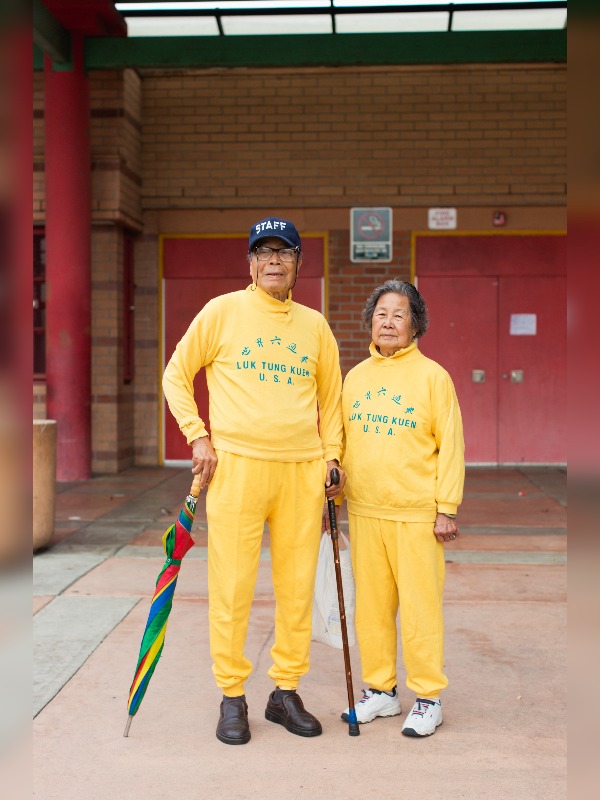
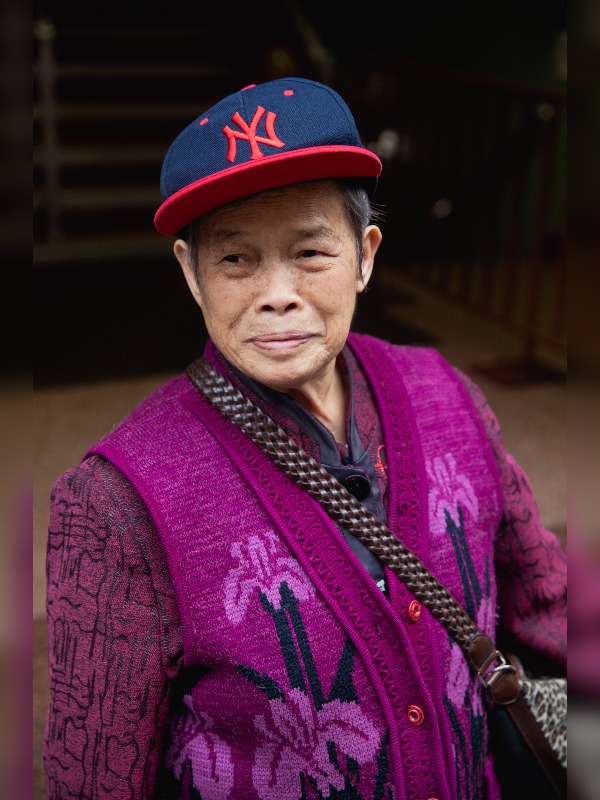
With the surge of anti-Asian hate crimes, what do you want people to take from this project and learn about this community?
Andria: We’ve always wanted to celebrate this demographic of Asian elders, and Chinatowns, which are the spaces they actually live in. It’s not just a tourist destination. With this surge in crimes, we want to double down on celebrating them, uplifting this community, and helping to support them. We’ve gotten a lot of feedback that the photos and the book are especially meaningful during this time. It’s like a ray of light to see this Asian joy and to see the celebration of these people that often go overlooked. In the book, we talk a lot about resilience. These elders have been through so much; mostly, all of them have immigrated, been through war and endured family separations. There’s a lesson to be learned in how this community perseveres. We will get through this and continue to be resilient.
Valerie: I encourage people to contribute to the Chinatowns they want to see. I would also expand that further to encourage people to contribute to the overall communities that they want to see. Show up in Chinatown physically. Go there and make it part of your weekly ritual. Say hi to as many grandmas and grandpas as you can, or to your neighbors. It’s about creating a friendlier, more inclusive, intergenerational experience. I’d also recommend donating or volunteering with nonprofits that have been working for decades to provide food and housing security to these neighborhoods. In the time of Covid, it’s also about helping people to get their vaccinations. A lot of the appointments are only available online; that’s a really difficult thing to navigate for elders, whether they’re Chinese or otherwise—so it’s about assisting them and helping them get vaccinated. Check up on the elders in your life, whether they’re aunties, neighbors, grandmas or grandpas.
“Show up in Chinatown physically. Go there and make it part of your weekly ritual. Say hi to as many grandmas and grandpas as you can. It’s about creating a friendlier, more inclusive, intergenerational experience.”
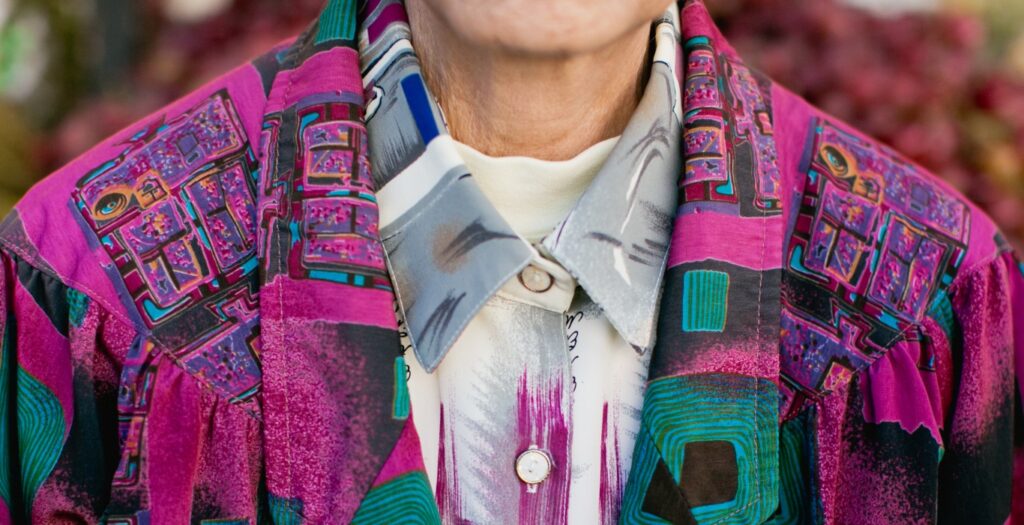
A common theme in our conversation has been perseverance and how these elders continue to find joy despite challenges. How do you create joyful moments in your own lives?
Andria: I live in Berkeley, so I’m pretty close to the hills. So, sometimes, I go on nature hikes, which I find very therapeutic.
Valerie: I take obnoxiously long walks and soak in the city. I feel really lucky to live in San Francisco; I go to Chinatown as part of my weekly ritual, where I soak in its liveliness on the weekends. There’s a Chinese opera group called A Better Chinatown Tomorrow that performs in Portsmouth Square, which is like Chinatown’s living room. There’s a full band and two singers usually, and there’s one ‘auntie’ that I’ve come to love—she’s probably like 60. She sings and dances and belts it out with such force every week and that just gives me life!
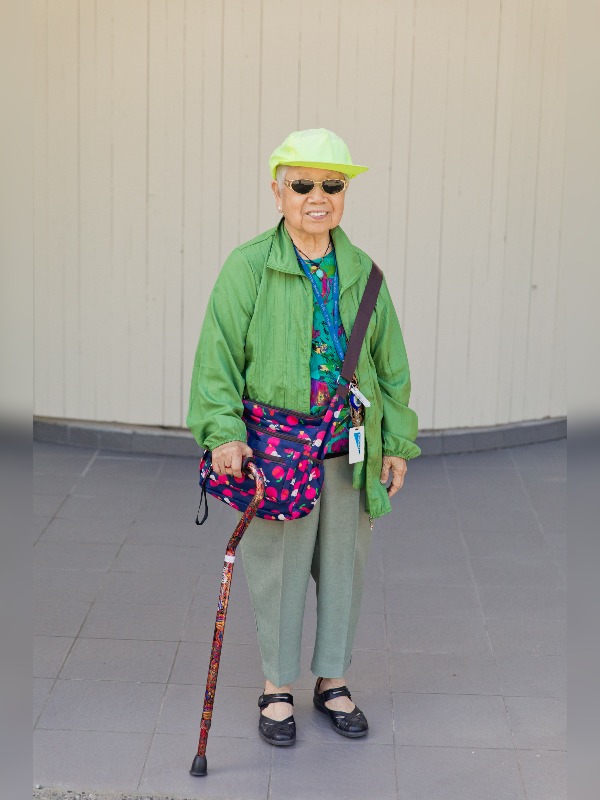
Photographer Andria Lo and writer Valerie Luu are based in the San Francisco Bay Area. Their book Chinatown Pretty is out now.

